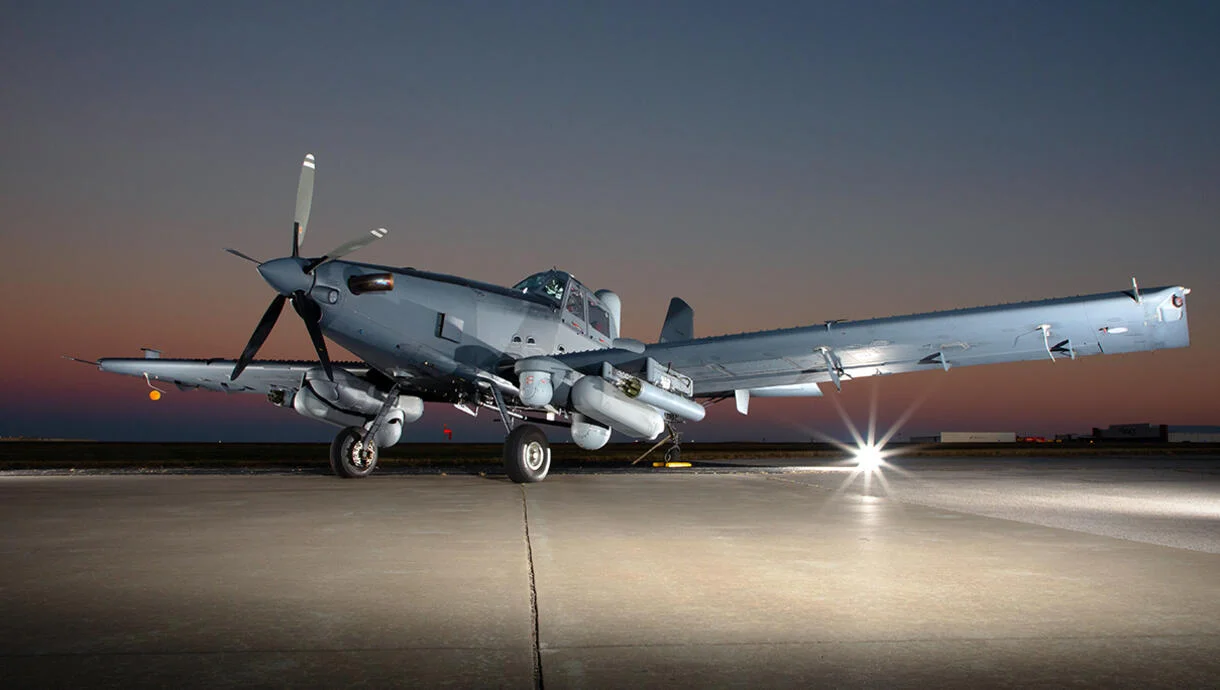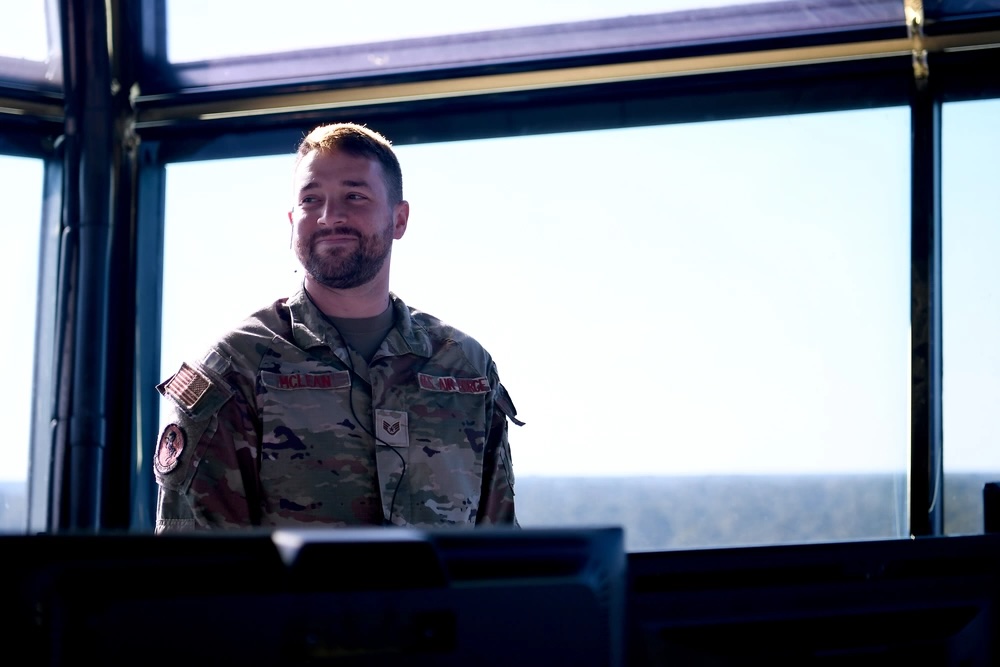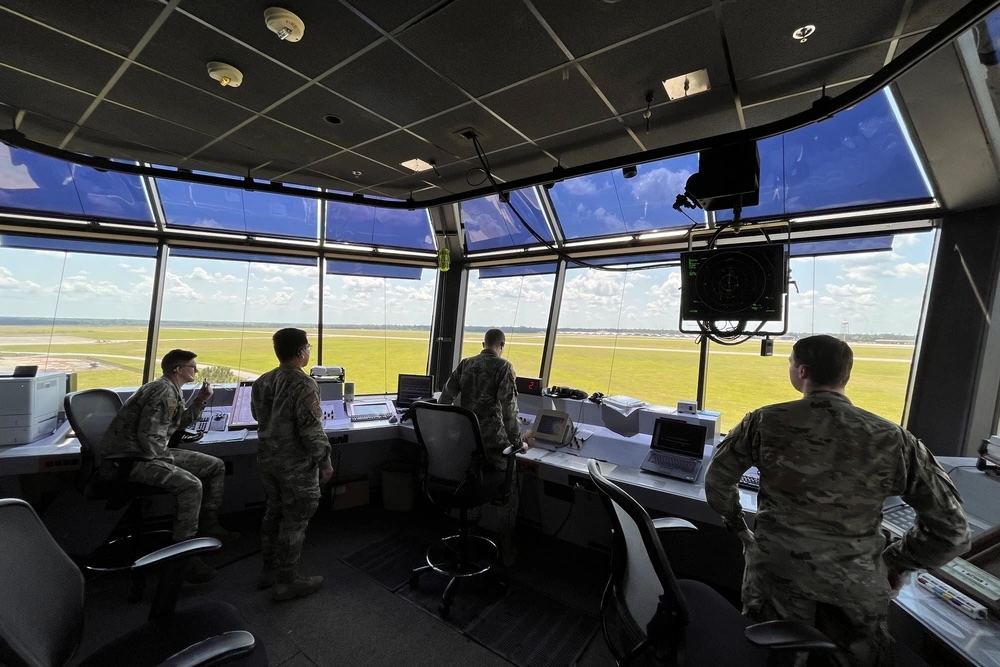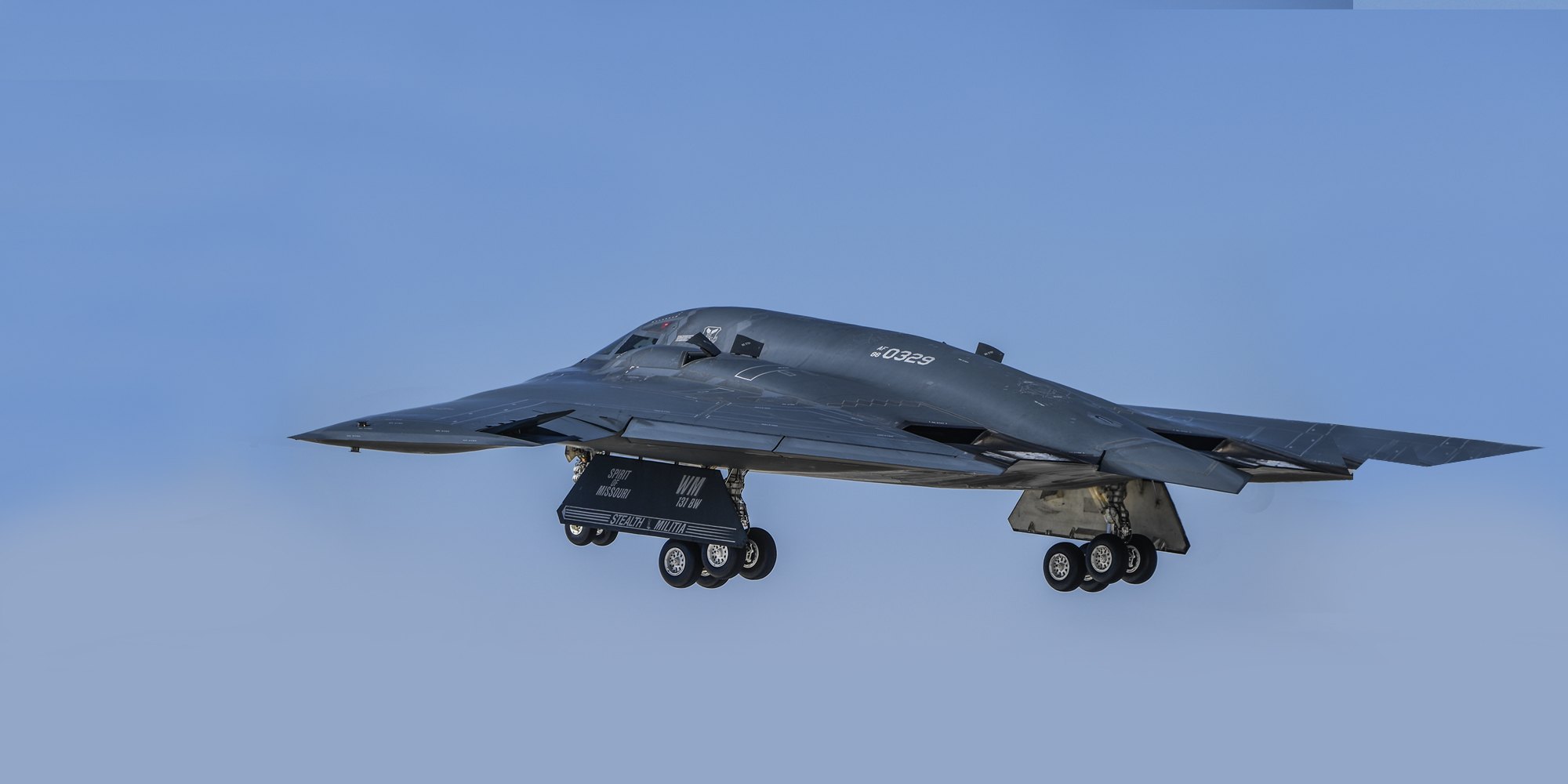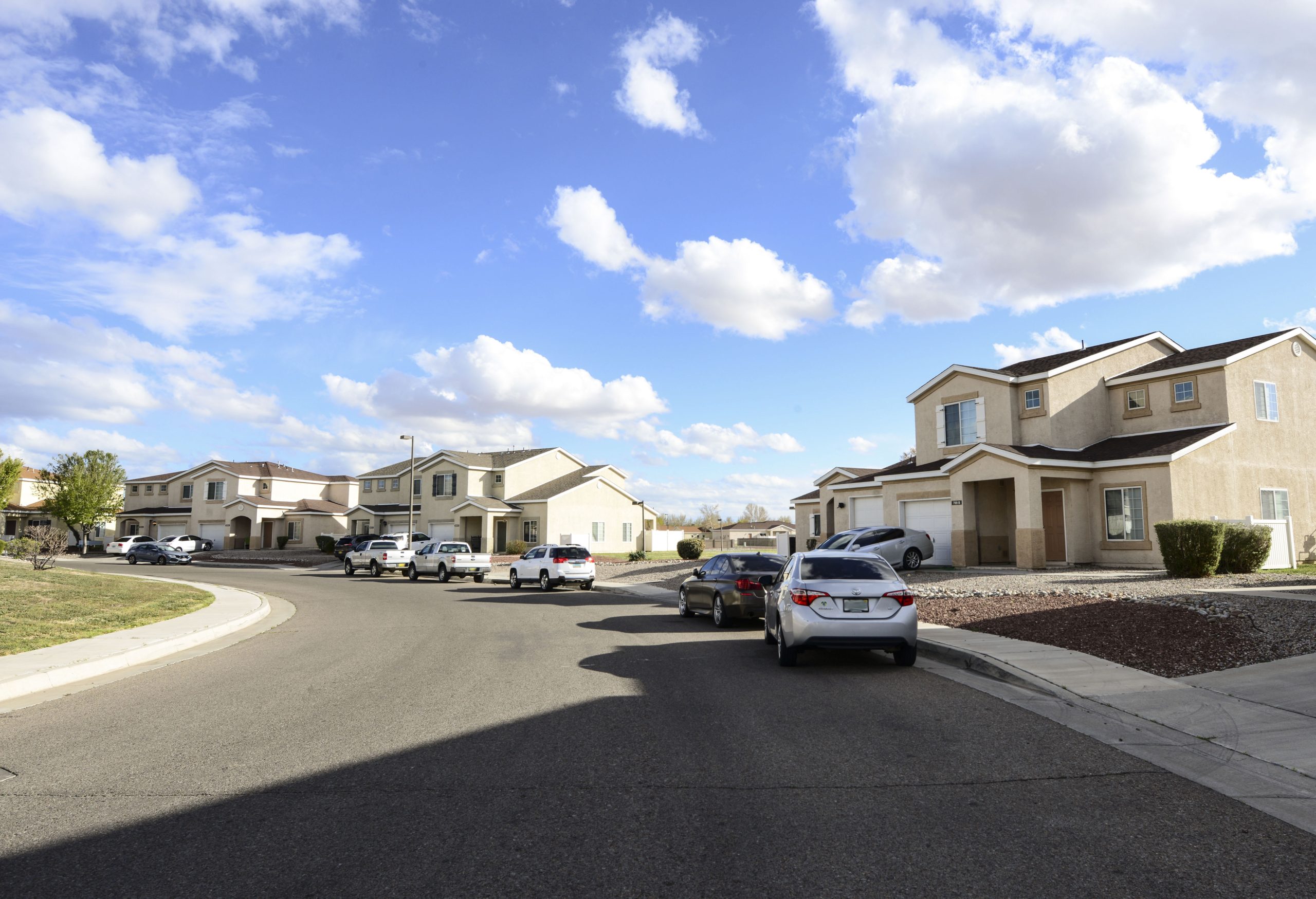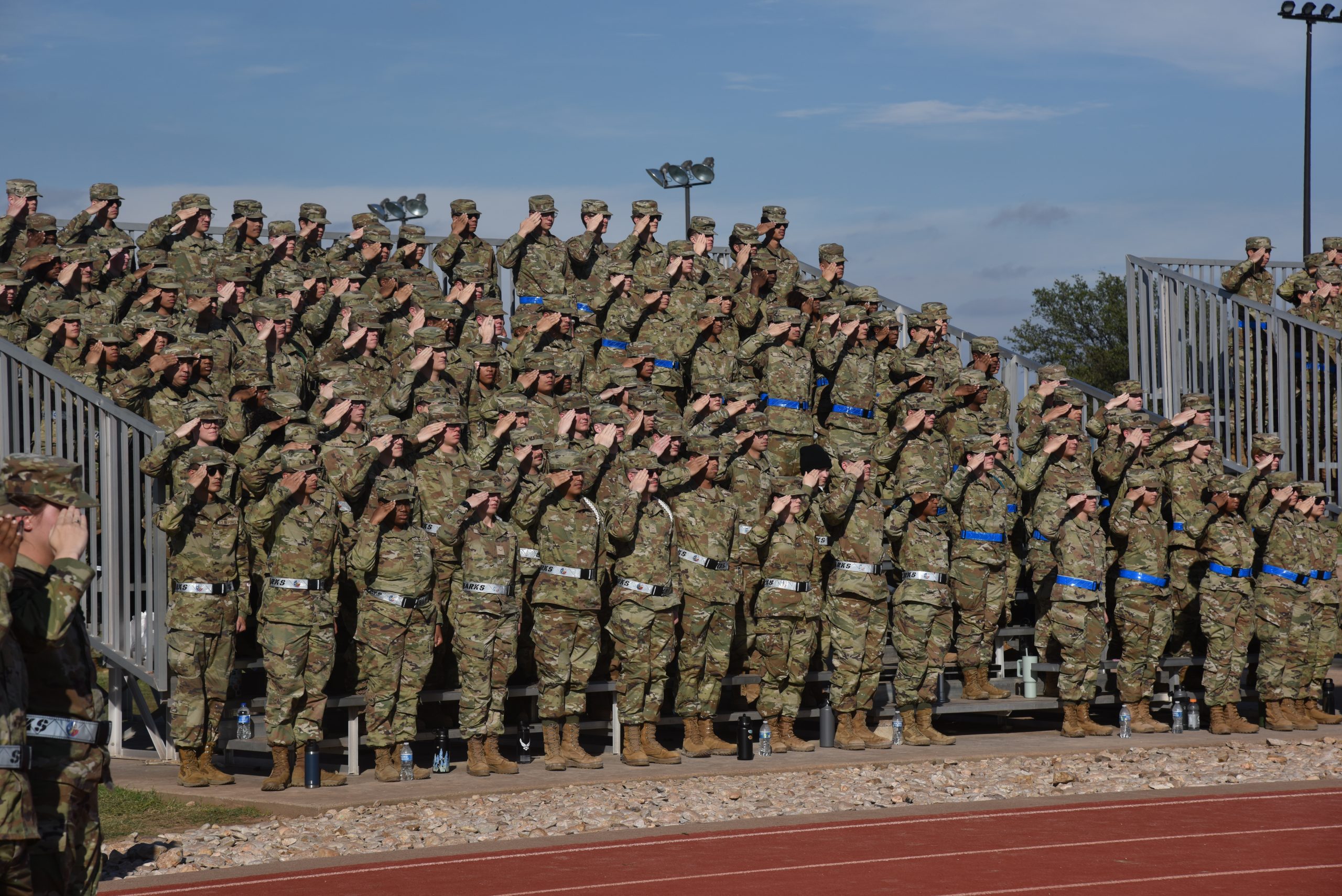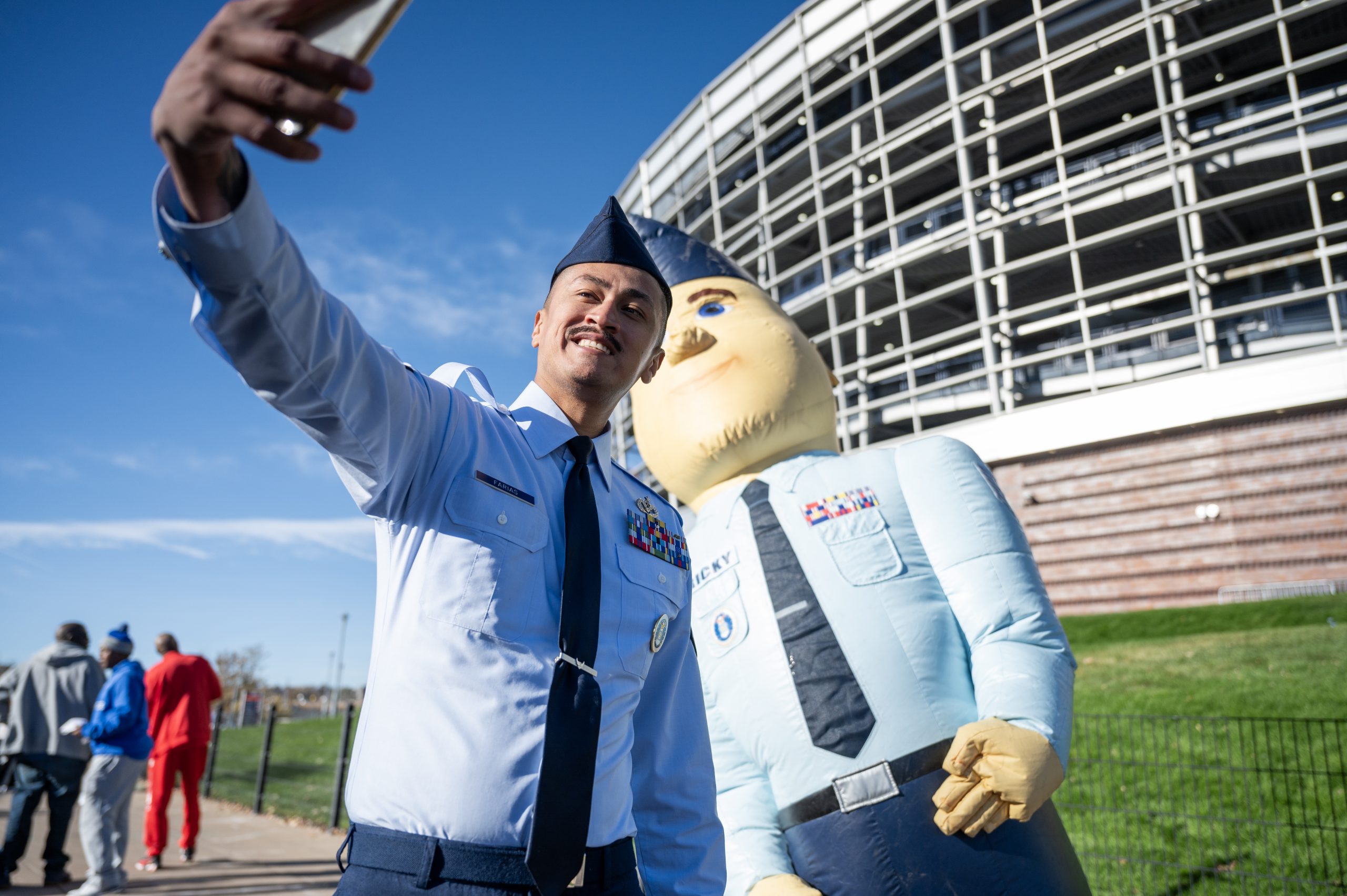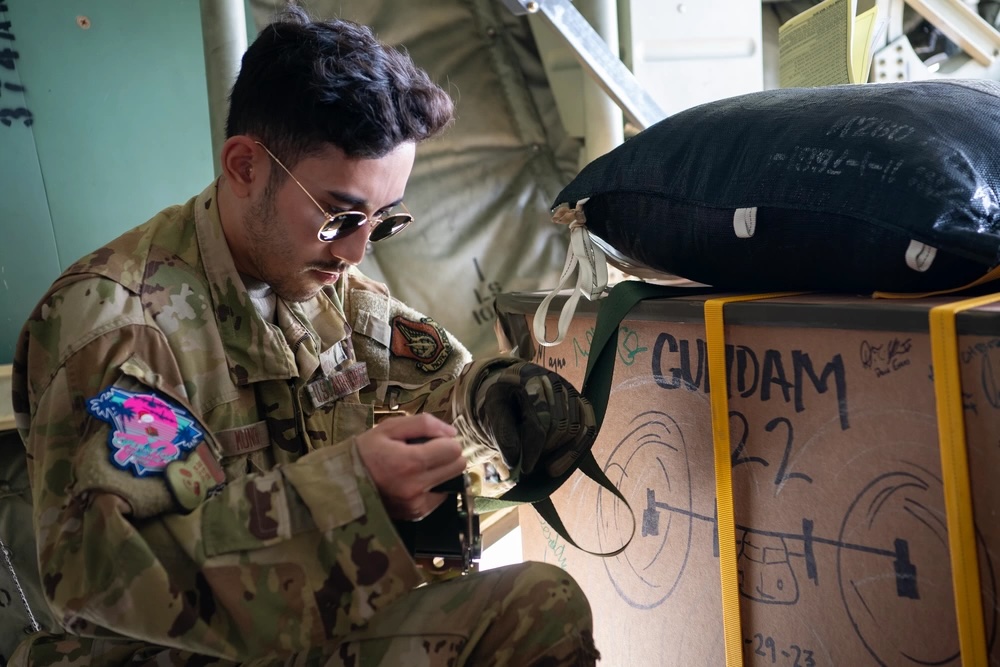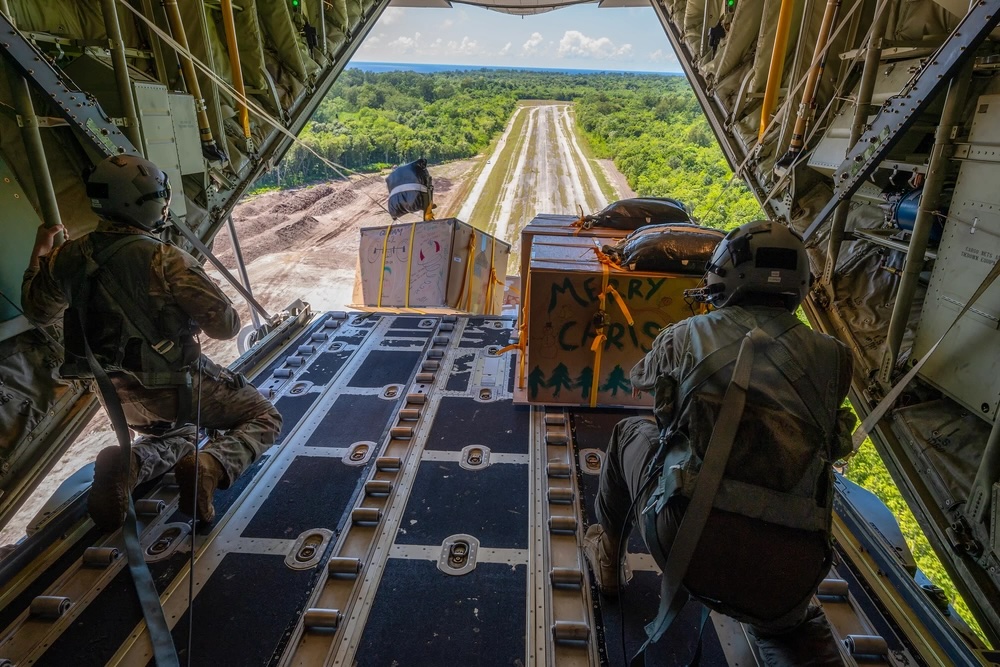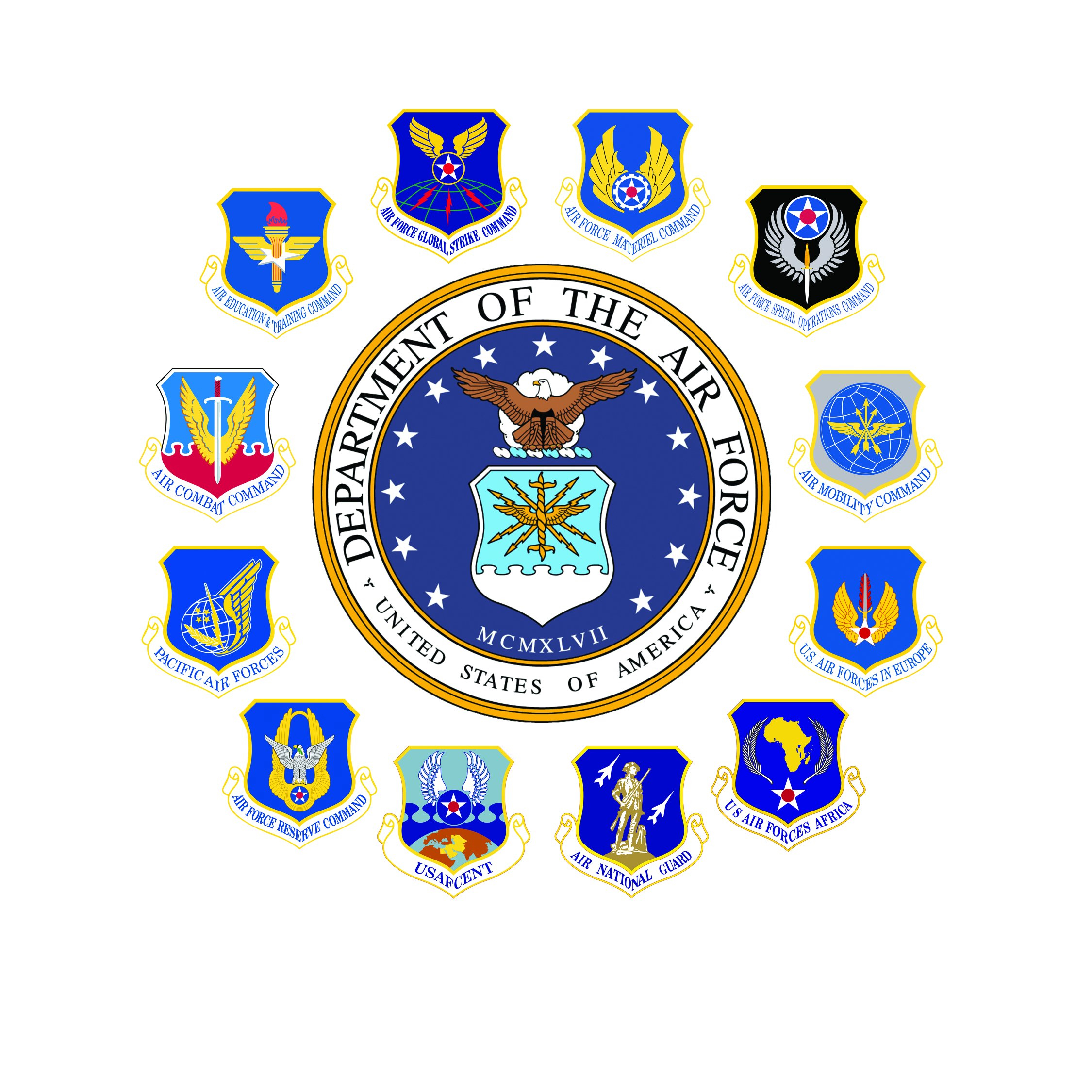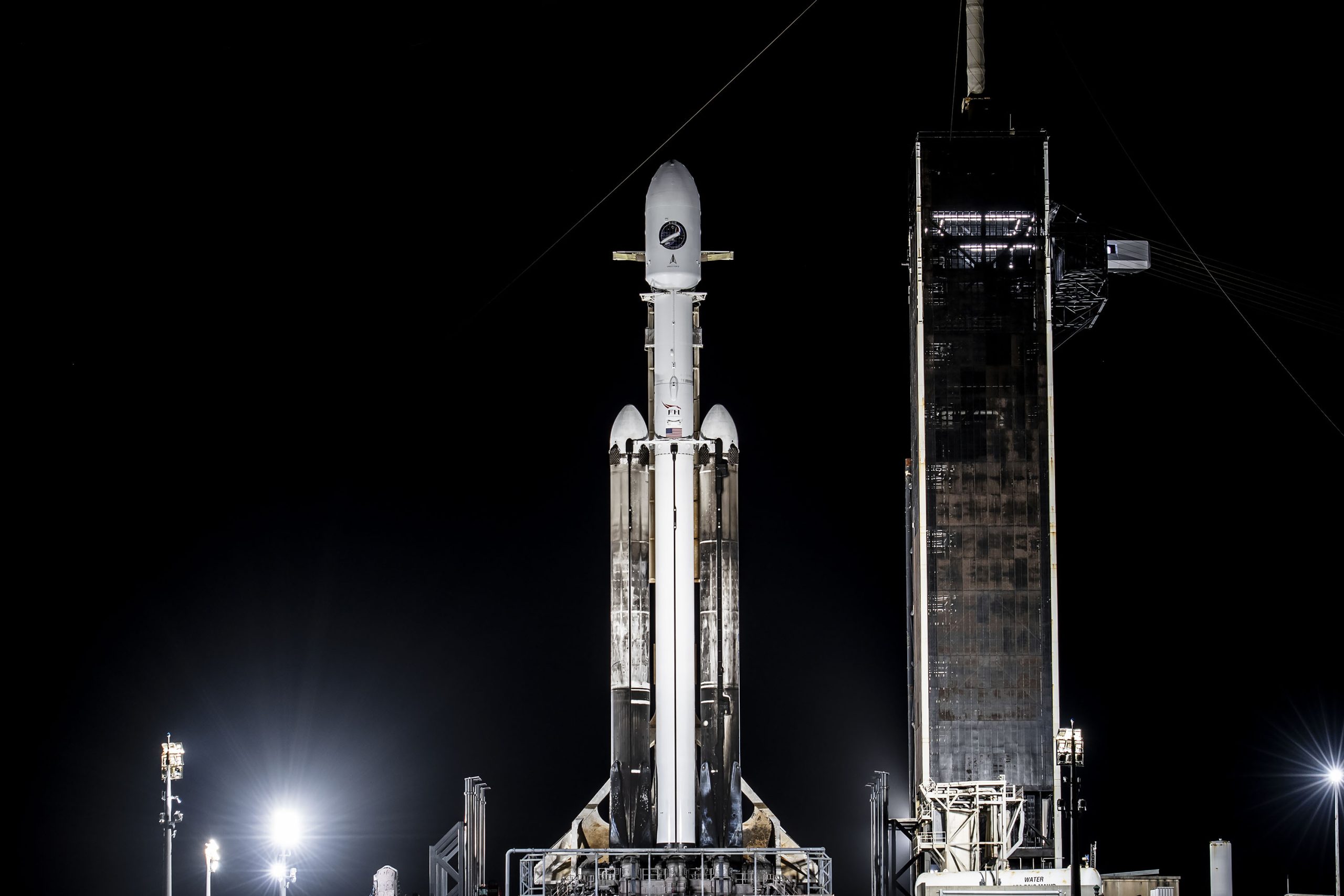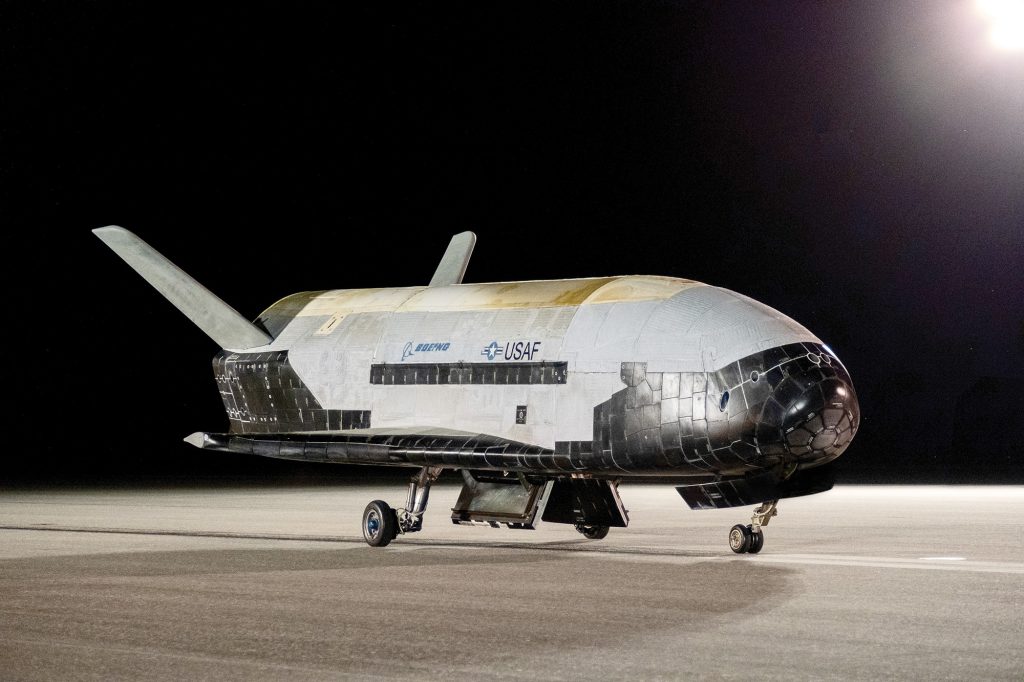Editor’s Note: This story was updated Dec. 21 with a comment from L3Harris.
Special Operations Command failed to fully justify its order for 75 AT-802U Sky Warden “Armed Overwatch” aircraft, the Government Accountability Office says in a new report, urging the Pentagon to slow down the program until SOCOM makes a better business case for so many planes.
The report, “Special Operations Forces: DOD Should Slow Acquisition of Armed Overwatch Aircraft Until It Conducts Needed Analysis,” was released December 15.
GAO recommended the Sky Warden—selected for the $2.2 billion Armed Overwatch program in 2022—should be slowed down starting in 2025 “to the minimum rate needed to maintain the aircraft production line and support operational test and evaluation.” The slowdown would limit Sky Warden purchases to only enough to conduct suitability tests and train the initial cadre of operators, while buying time for SOCOM time to rethink its requirements in light of changes both the mission and the capability of the aircraft, GAO said.
GAO suggested SOCOM needs a “substantially smaller” fleet of Sky Wardens, but did recommend a number itself.
The Pentagon largely concurred with GAO’s findings and said it is still determining how many aircraft are needed for an initial training cadre.
The Sky Warden is an Air Tractor with a crew of two and is offered in partnership with prime L3Harris Technologies, which supplies mission gear. The program sought a rugged fixed-wing aircraft that could operate from austere locations with a light logistical footprint, mainly for use in anti-terrorism, close air support or counterinsurgency missions in permissive airspace. It will replace the U-28 Draco, which lacks the weapons capability that has driven the urgency of the project.
In a statement provided to Air & Space Forces Magazine, L3Harris did not directly address the GAO’s recommendations, but said in part, “Our team recently achieved significant milestones toward our certification of the platform and is focused on fielding this fleet and supporting USSOCOM’s need to counter persistent multi-domain threats and deter strategic attacks in support of national defense priorities.”
As of late 2023, SOCOM owns 16 Sky Wardens and plans to add another 12 by the spring of 2024, GAO said.
“GAO found…that studies completed in 2021 and 2022 did not justify SOCOM’s planned fleet size of 75 aircraft,” the watchdog audit agency said. Four other “related studies conducted by external entities” published from April 2021 through March 2023 also failed to justify that number, it added. The agency said SOCOM documents and interviews with SOCOM leadership indicated the command had largely settled on a fleet of 70-75 airplanes in 2019, well before analyses were completed.
SOCOM “decided on the size of the fleet before conducting the required analyses,” and didn’t assess “how changes in the aircraft’s capabilities could affect the number needed for operations.” The GAO noted that the aircraft finally chosen “is more capable than the one modeled” in capacity studies. SOCOM is also studying how to modify the airplane “to meet intelligence requirements,” which may also affect demand for the aircraft, the agency said.
Finally, “despite changes to operational missions,” GAO said SOCOM has never revisited its Sky Warden requirements. Among the factors it cited: the U.S. withdrawal from Afghanistan and force structure reductions now “under consideration.”
SOCOM told GAO that changes in the procurement timeline could affect the individual aircraft cost, but argued the command will be “better able to make informed decisions and efficiently use the more than $2.2 billion it estimates it will spend” on the Sky Warden through 2028.
The Armed Overwatch program rose from the ashes of the Air Force’s Light Armed Attack/Armed Reconnaissance and OA-X Light Attack Aircraft program, which SOCOM effectively took over at congressional direction in 2020. That later morphed into a different mission. Initially intended as a way for USAF to partner with developing countries on a close air support program, the program is now seen as a way to provide eye-in-the-sky and communications support to special operators on the ground, providing both ISR function and responsive light strike capability.
Armed Overwatch marks the seventh attempt by the armed forces to buy an off-the-shelf turboprop for COIN-like and special operations missions since 2008. Aircraft that competed for the Armed Overwatch program include the Beechcraft AT-6B Wolverine; Embraer A-29 Super Tucano, Sierra Nevada MC-145B, MAG Aerospace MC-208 Guardian and Leidos Bronco II.
